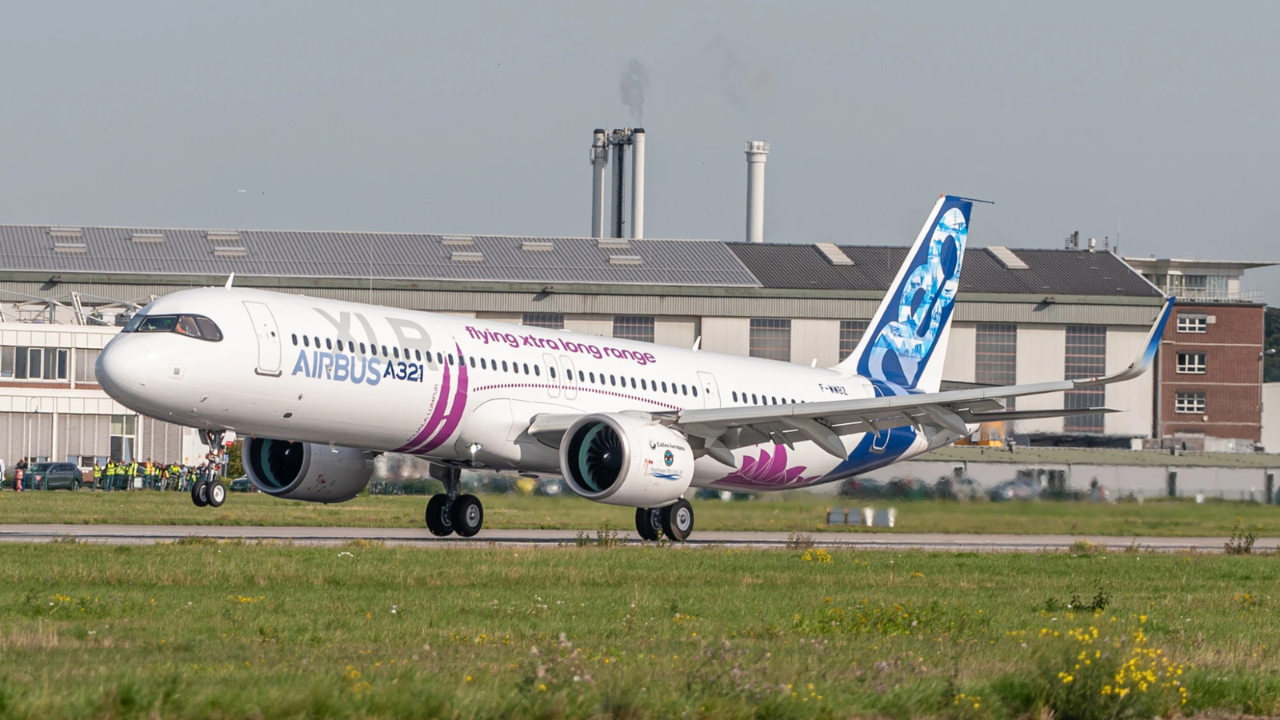
Post by : Shivani
The Airbus A321XLR is redefining the single-aisle aircraft market worldwide. By offering a record-breaking range of 4,700 nautical miles (8,700 km), it bridges the gap between narrow-body and wide-body jets, allowing airlines to launch direct transcontinental and even some intercontinental routes with lower costs and high passenger comfort.
With a range of 8,700 km and a flight time of up to 11 hours, the A321XLR surpasses previous models like the A321LR by 15%. Its maximum capacity of 244 passengers and an increased maximum takeoff weight of 101,000 kg empower new, profitable routes such as New York–Rome and Dubai–Cape Town[1][2][3][4].
The aircraft’s permanent rear centre tank and additional forward tanks provide up to 33,000 liters of fuel, supported by highly efficient LEAP-1A or PW1100G-JM engines. This innovation helps the A321XLR achieve a cruising speed of up to 828 km/h while maintaining narrow-body economics[2][3][4].
The A321XLR features Airbus’s new Airspace cabin design, mood lighting, and full lie-flat business seating in some airline configurations. Its cabin width of 3.7m ensures a spacious and comfortable travel experience, rivaling some wide-body jets[2][4][5].
Typical two-class layouts allow airlines to customize for up to 220 seats, or fewer in premium-heavy setups. Features like LED mood lighting, large windows, and advanced air filtration cater to modern traveler expectations[4][5].
Operating the A321XLR costs up to 45% less per flight than a modern wide-body, enabling lower ticket prices. Additionally, it uses 30% less fuel per seat than older planes of its class, drastically reducing airlines' carbon footprints[6][7].
The jet’s eco-friendly profile is a major advantage for airlines facing sustainability requirements and rising fuel costs. Orders from top carriers like AirAsia, Qantas, and American Airlines highlight its strong market demand[7].
Pilots benefit from a full glass cockpit, digital fly-by-wire controls, LCD avionics, and sidestick handling, allowing easy cross-qualification for crews already trained on other A320neo family aircraft
Airlines operating mixed fleets gain savings due to shared pilot training, spare parts, and maintenance with their other A320neo models.
As production scales to meet high demand, the A321XLR is poised to reshape global aviation: opening “long, thin” city pairs, supporting military logistics, and giving low-cost carriers transcontinental reach. The aircraft stands at the forefront of aviation innovation and sustainability.
Airbus A321XLR Long-haul single aisle Aviation innovation Air travel efficiency Advanced aircraft engines Passenger comfort

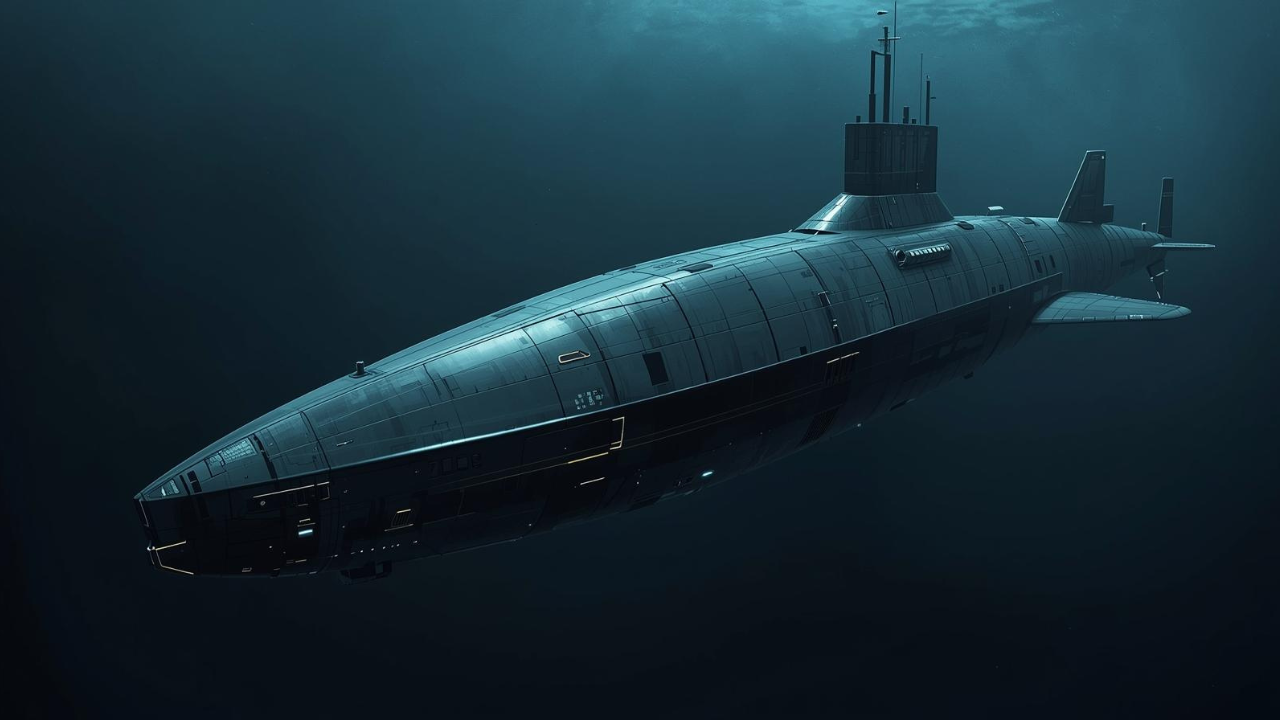


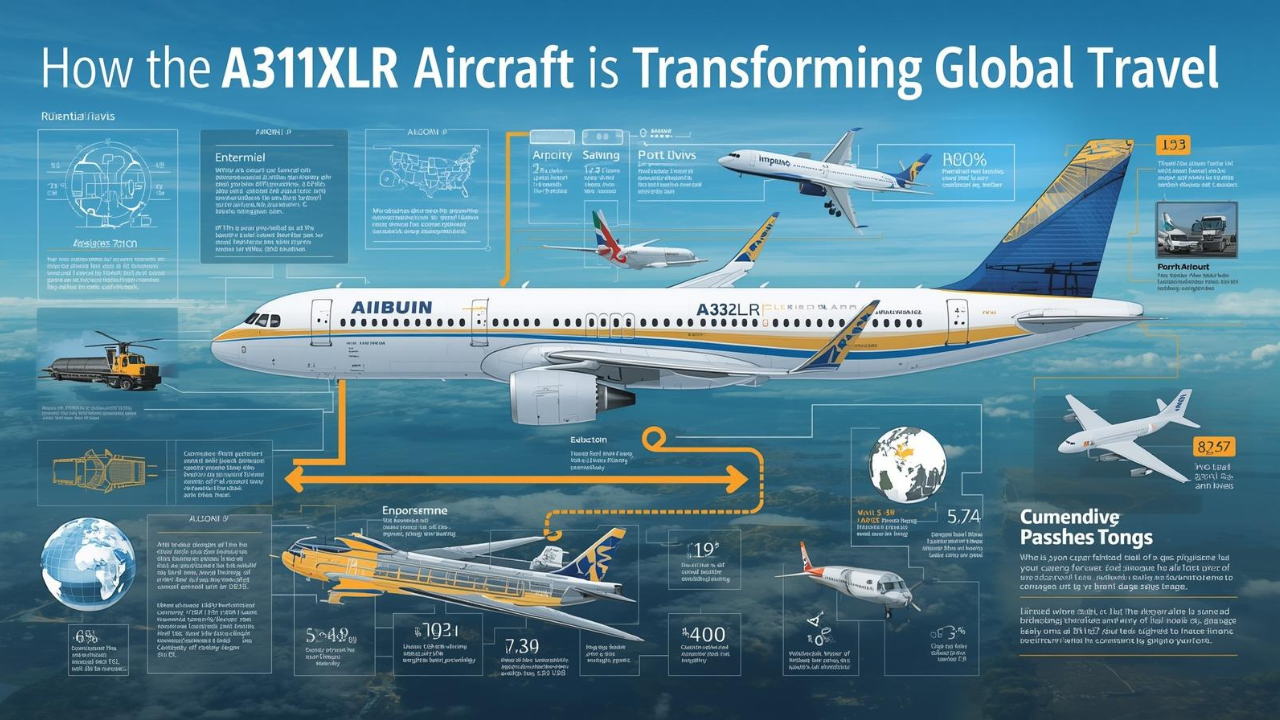


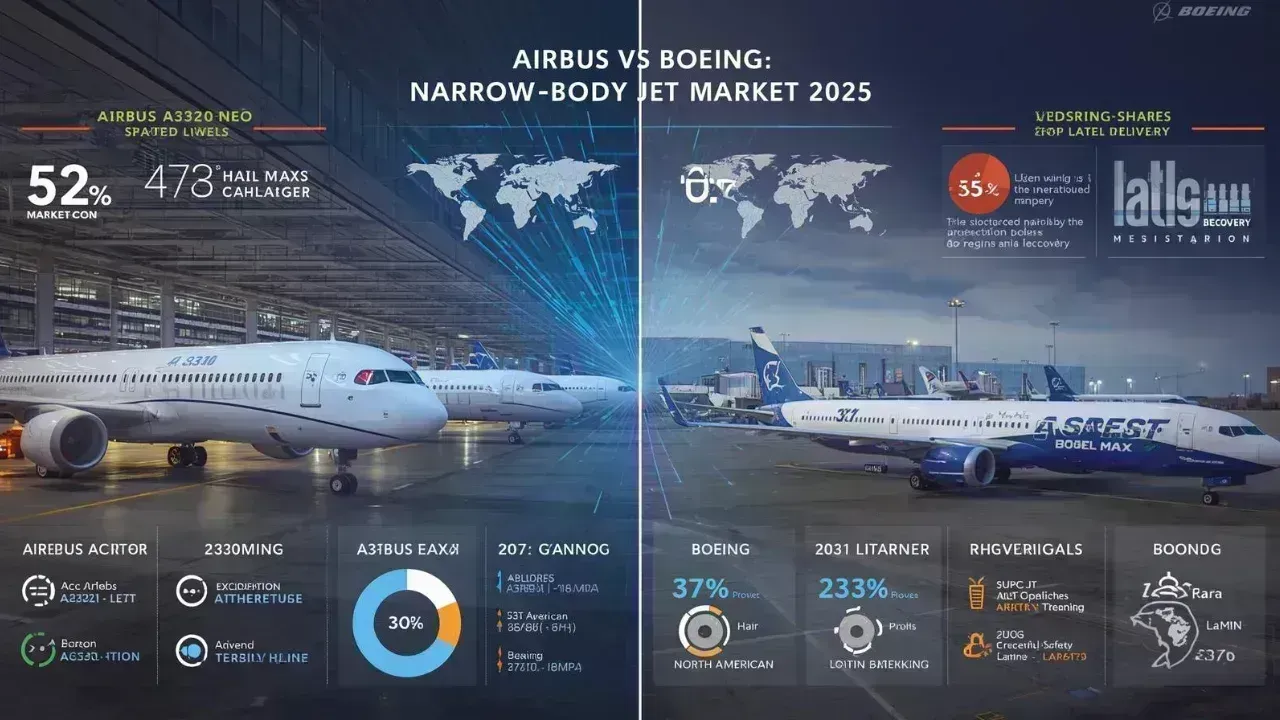
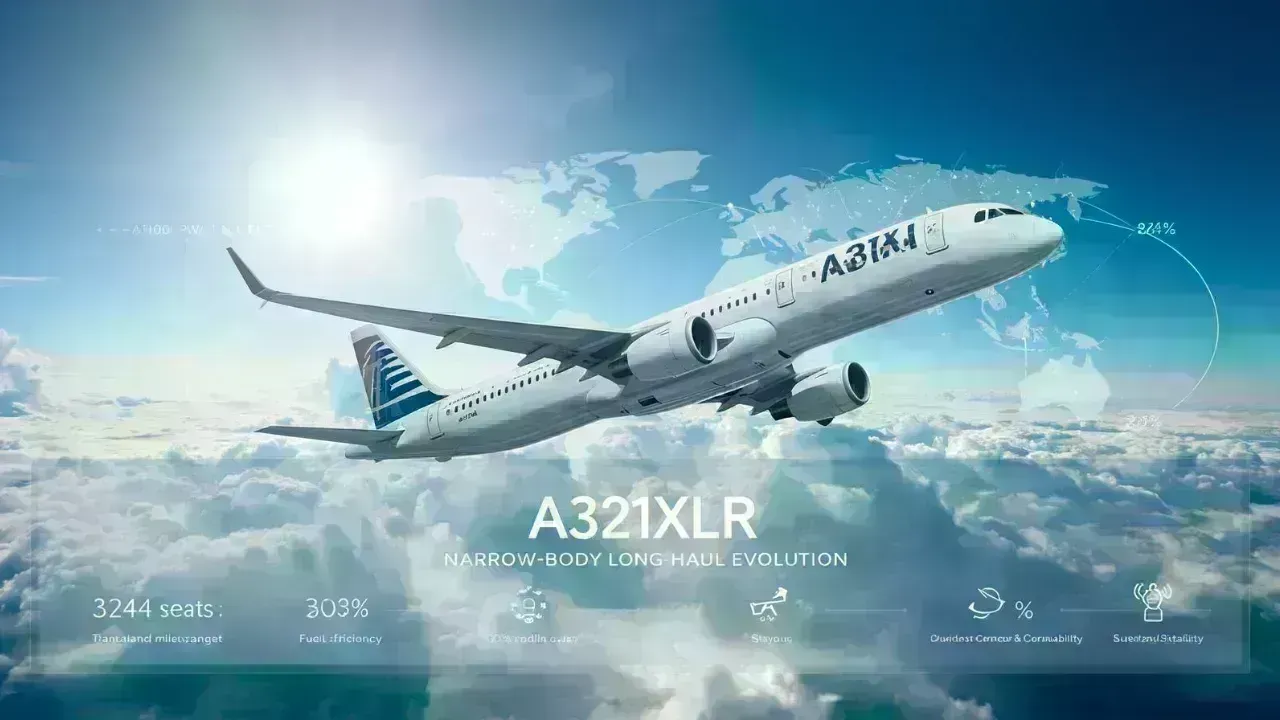

Bengaluru-Mumbai Superfast Train Approved After 30-Year Wait
Railways approves new superfast train connecting Bengaluru and Mumbai, ending a 30-year demand, easi

Canada Post Workers Strike Halts Nationwide Mail and Parcel Services
Canada Post halts operations as CUPW strike disrupts mail and parcel delivery nationwide amid disput

PM Modi Launches BSNL ‘Swadeshi’ 4G Network, 97,500 Towers Built
India enters global telecom league as PM Modi inaugurates BSNL’s indigenous 4G, connecting 26,700 vi

India’s Iconic MiG‑21 Takes Final Flight After Six Decades of Service
After 60 years India retires its MiG‑21 fighter jet, a legendary yet controversial warplane marking

Hindustan Zinc unveils AI hotspot monitoring at Debari smelter
Hindustan Zinc launches AI-powered Switchyard Hotspot Monitoring at Debari smelter to cut outages bo

Chinese experts worked inside sanctioned Russian drone plant
Chinese drone specialists visited IEMZ Kupol supplying parts and drones via intermediaries, deepenin